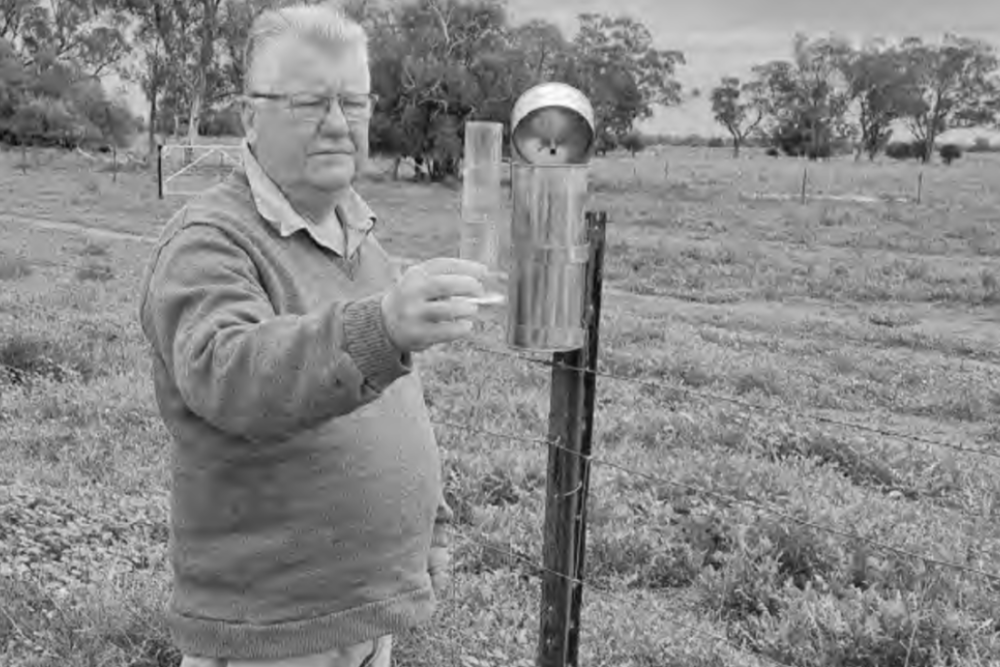Agricultural
13 January, 2024
Best of 2023: Farmers call for more accurate weather data, with 33,000km gap
By Tobias Ostini

First published August 2023
Being able to access accurate weather data is incredibly important for farmers across regional NSW. Without this data, farmers are unable to plan ahead for ongoing management of their property; and time isn’t spent as efficiently as it could be. But with estimated costs to install an Automatic Weather Station (AWS) over $150,000, the likelihood of accessing this data becomes less achievable.
Gilgandra doesn’t have it’s own weather station, and the data indicated from the Bureau of Meteorology (BoM) is a prediction based on stations situated in Dubbo, Coonabarabran, Trangie and Coonamble.
And this isn’t an unfamiliar tale.
Lachlan Sullivan, a farmer based in the Warren shire, believes that not enough is being done for farmers in western NSW to access accurate weather data. He wants to know “in this so-called first world, why don’t we have better access to data?”
For Mr Sullivan, the Nyngan airport and Girilambone are his closest weather stations, but they do not provide accurate data on a regular basis. This has created a void in weather data for people in the area, with a 33,000 square kilometre radius without automatically updated weather data.
This means that in the area extending from Bourke, Coonamble, Trangie and Cobar, minimal data is collected. Farmers in this area have to primarily rely on predictions or data from neighbouring regions, which effectively have different weather patterns. In Warren
where Mr Sullivan is situated, an AWS has not been operating since 1985, and it’s a similar story in Gilgandra. While installing the equipment needed would be the obvious solution, it’s a cost that doesn’t come lightly.
The Gilgandra Weekly spoke to the BOM, and a spokesperson said it would cost approximately $150,000 to install an AWS, and roughly $15,000 a year to maintain however costs can “vary significantly due to access to power, extent of site works, permits and data integration”.
The BoM has stated that while self-funding of installing AWS’s has been limited, they understand the technology’s significance.
“Bureau installed and operated observing infrastructure have been limited to large organisations, such as airports and state governments, due to the cost of not only installing but maintaining the equipment,” a spokesperson said.
“They are one part of a composite observing network, which includes radars, satellites, lightning detection and upper air observations that the BoM draws on.
“This data is used in addition to predictions from advanced computer models, to monitor and predict weather.”
However, Mr Sullivan believes that the installation costs should be a responsibility of the government.
“I’ll continue to rattle the cages of important figures,” he concluded.
Doppler weather radars installed in Brewarrina, Hillston, and Yeoval last year were the first step to accurate weather data being accessible right across the state.


